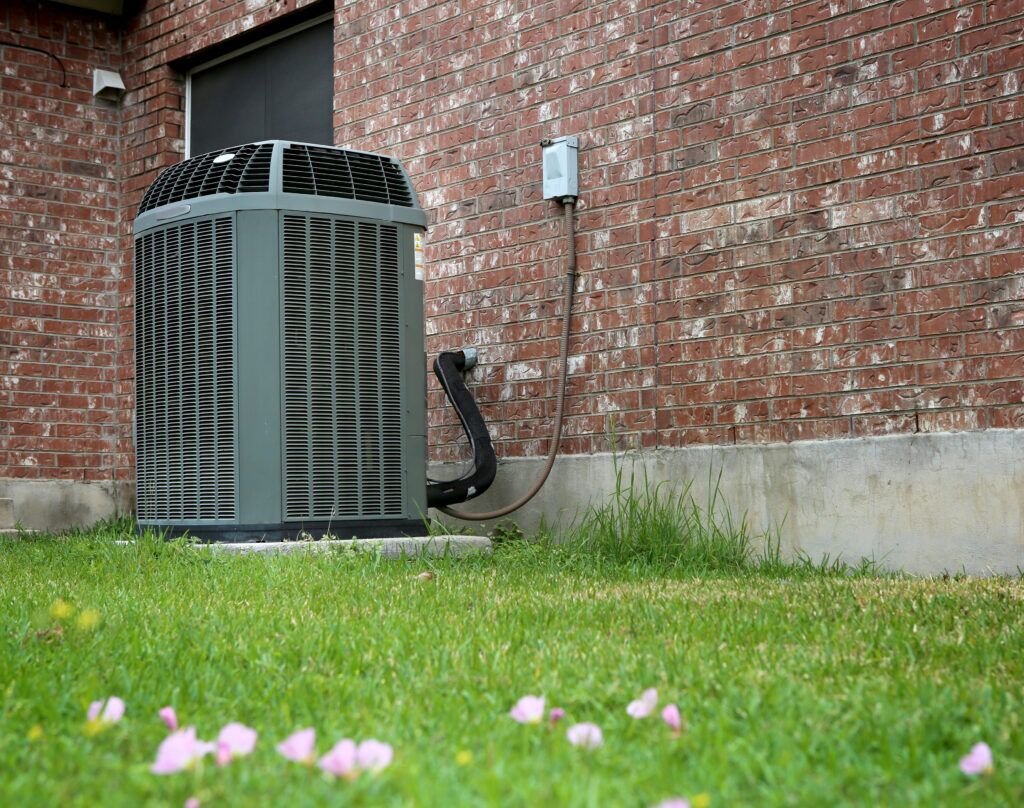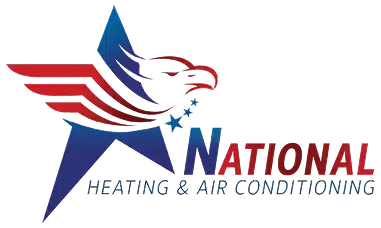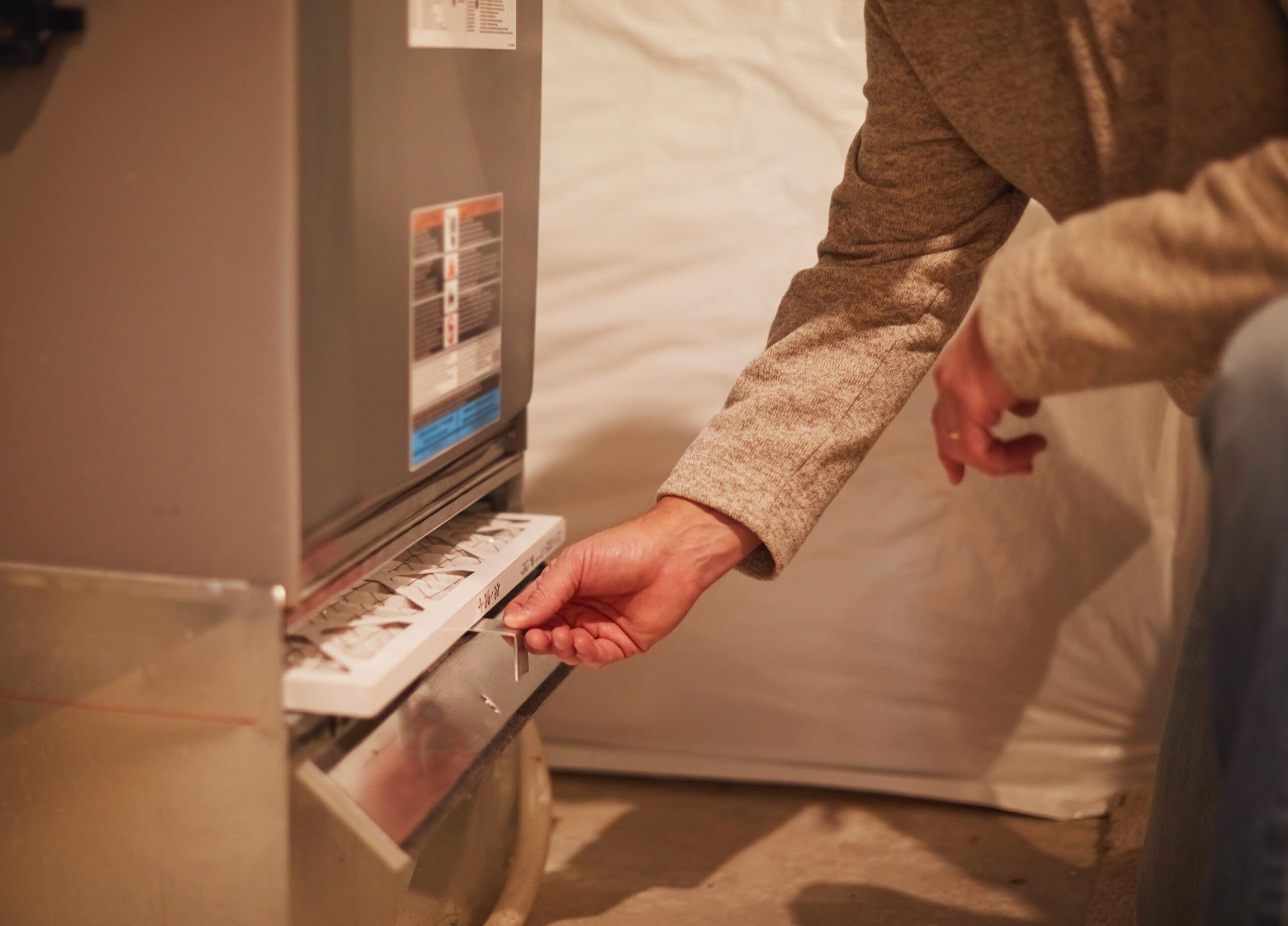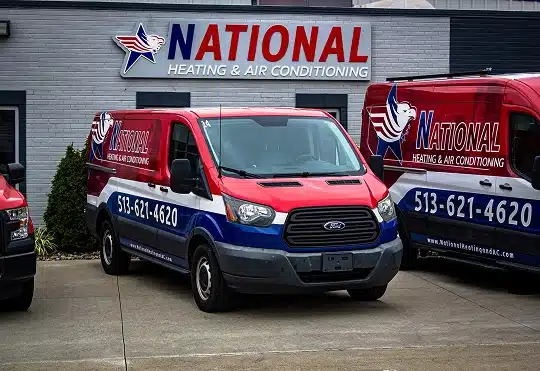An HVAC system is a significant investment. Most manufacturers offer financing options on approved credit to ease the financial burden of this purchase. For products this expensive yet essential for a home, sellers demonstrate their quality by offering warranties. Here’s what you need to understand about your specific warranty because not all warranties are created equal.

Understanding an HVAC Warranty
An HVAC warranty is an agreement between the manufacturer and the buyer that if something goes wrong with the system within a specified period, the manufacturer will cover the cost of repairs or replacement parts. These warranties are designed to protect homeowners from unexpected expenses due to defects in materials or workmanship.
Types of HVAC Warranties
As mentioned, warranties are different; the coverage details, terms, and duration vary by brand and model. So, it’s important to understand what is and what isn’t included before assuming you’re fully protected. The disparities among commonly provided warranties are best illustrated by the types available, which include:
1. Manufacturer’s Warranty
The manufacturer’s warranty covers defects in the materials and components used to build the HVAC system for up to 10 years. It’s an assurance that the unit will perform as expected for the period specified. If any covered issues arise, the manufacturer will provide replacement parts or replace the entire system.
2. Extended Warranty
An extended HVAC warranty is an optional plan that stretches beyond the standard manufacturer’s warranty. It offers additional coverage for labor and specific high-cost parts, such as the compressor and heat exchanger. While some manufacturers include coverage for most components, they may exclude certain expensive parts, like the compressor, under the base warranty.
In such cases, they may partner with third-party providers or offer a separate extended agreement to cover those exclusions. This type of warranty can provide valuable peace of mind, especially for homeowners looking to minimize long-term repair costs.
3. Labor Warranty
A labor warranty is often provided by HVAC contractors. It covers the cost of repairing the HVAC system, which includes diagnosis, removal or replacement of parts, and full system replacements if needed. Note that while manufacturers typically supply the parts, they don’t cover labor costs associated with installing or replacing those parts.
4. Parts-Specific Warranty
A parts-specific warranty focuses on individual components within the HVAC system. For example, while a manufacturer’s warranty might cover the entire system for 10 years, a parts-specific warranty may extend coverage on key components, such as the heat exchanger, for 15 or even 20 years. Think of it as an extended warranty but specifically for the HVAC unit’s components.
Tips to Avoid Voiding Your Warranty
While manufacturers and HVAC installers may offer warranties, that doesn’t guarantee coverage when something goes wrong. To qualify for protection, you must meet certain conditions.
First, after purchasing and installing your HVAC system, you need to register the product with the manufacturer within a limited window, usually 60 to 90 days. This ensures they have the necessary information, like your address, the size of your home, and the model and serial number of the system, so they can accurately troubleshoot and address repairs if issues arise.
Second, you must routinely service your system. HVAC units experience wear and tear like any other appliance. They need yearly service to keep them running efficiently and effectively as they were designed. This maintenance includes lubricating moving parts, cleaning coils, inspecting electrical connections, recalibrating controls, topping off refrigerant levels, and more. Failure to do this at least once annually voids the warranty.
Third, only authorized service providers should service, repair, install, and upgrade your HVAC system. Using unlicensed technicians or aftermarket components may violate warranty terms. Even DIY repairs, no matter how minor, can void the warranty. This is why, for all work done on your unit, you should gather and keep receipts, service reports, and any other documentation provided by licensed professionals.
Last but not least, make sure you read and understand your warranty’s terms and conditions. Warranties include limitations, exclusions, and criteria that determine whether a claim will be approved. For instance, damage caused by flooding, power surges, or tampering with internal components might not be covered.
It’s wise to ask about the warranty agreement before purchasing an HVAC system to ensure you’re comfortable with the terms and conditions. This also gives you the chance to ask questions and get clarification on anything that’s unclear before it becomes an issue later on.
Contact National Heating & Air Conditioning for More Information
An HVAC warranty acts as a promise from the manufacturer and HVAC contractor that your system will perform reliably over its expected lifespan. To benefit from it, you need to understand it. At National Heating & Air Conditioning, we can answer your questions and offer personalized guidance on navigating your warranty agreement. We’re always available and ready to help with anything involving HVAC, including repairs, installations, maintenance, and more. Call National Heating & Air Conditioning today to schedule HVAC services in Cincinnati.







